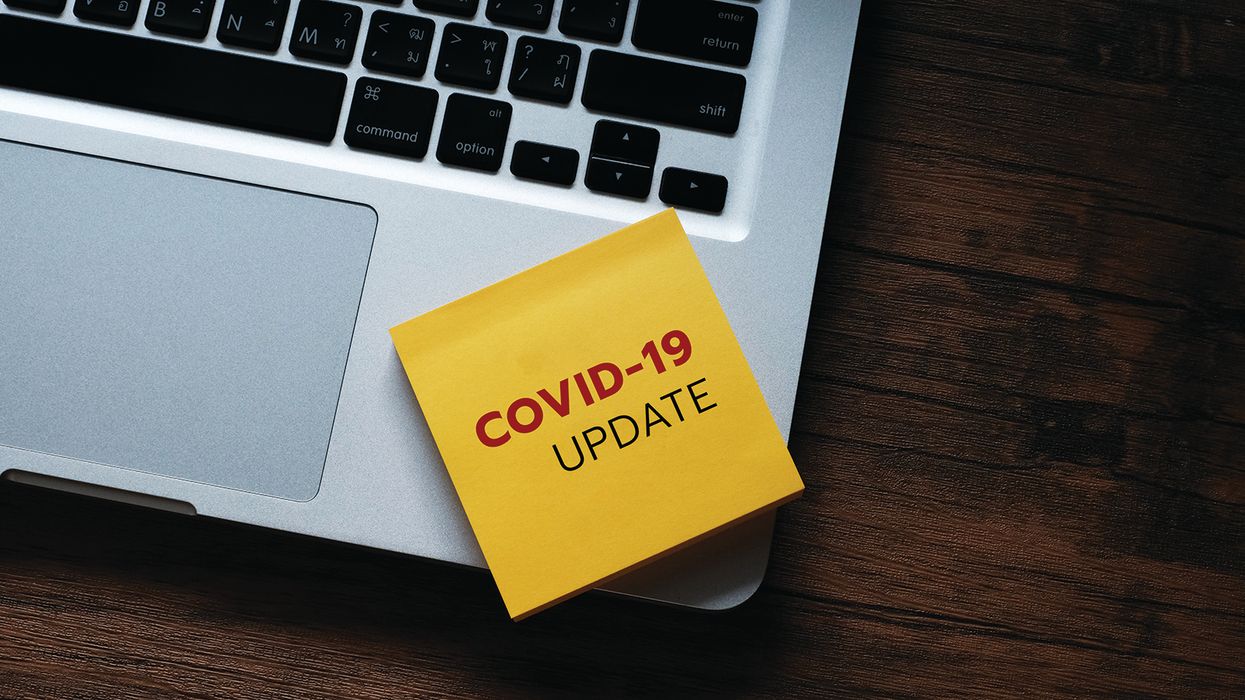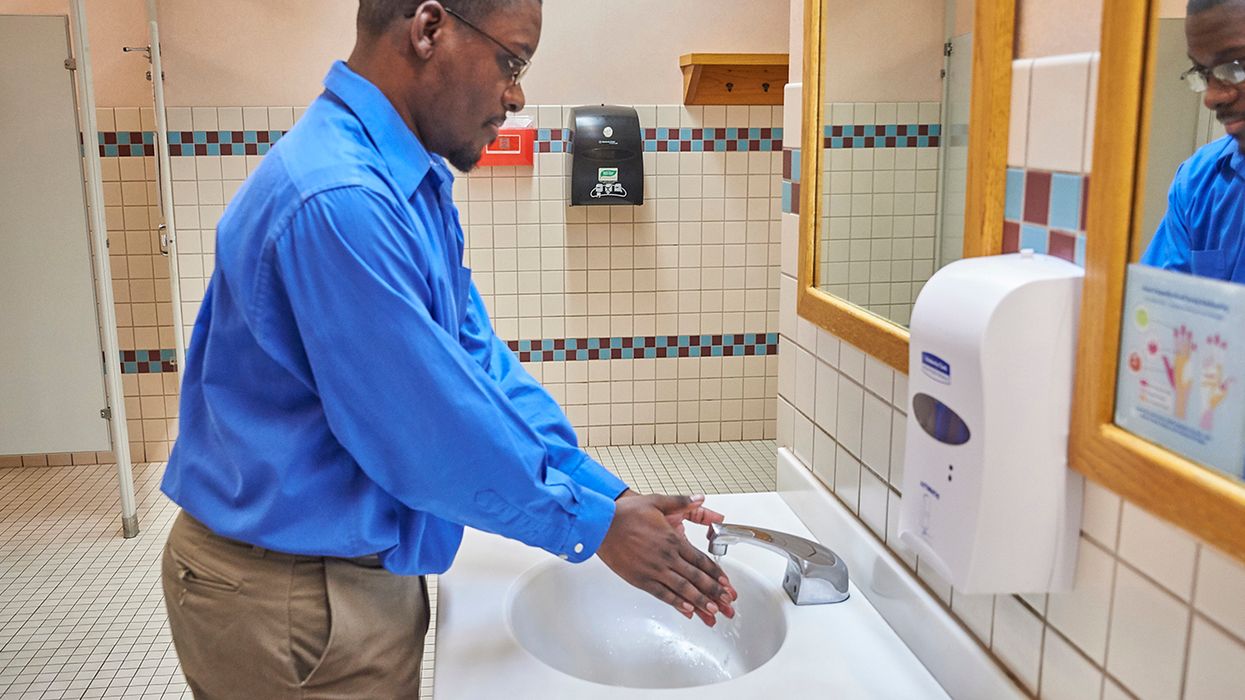EEOC updated its COVID guidance for employers
On July 12, the Equal Employment Opportunity Commission (EEOC) updated its FAQ technical guidance on COVID in the workplace in relation to laws such as the Americans with Disabilities Act (ADA). Some of the changes reflect how the impact of COVID has changed.
One of the impacts of the pandemic was related to the ADA’s direct threat defense. In regard to COVID, employers could use this defense to make medical inquiries and require medical exams and to deny employee access to the workplace if they were infected. As the impact of the virus changes, the ability for employers to apply this defense also changes. When COVID is no longer a pandemic, employers will have more restrictions regarding related medical inquiries and exams.
COVID screening
When it comes to COVID screening of employees, for example, employers now “will need to assess whether current pandemic circumstances and individual workplace circumstances justify viral screening.” Early in the pandemic, employers were pretty free to screen employees without such considerations.
This means that if employers want to screen employees, such testing must meet the “business necessity” standard under the ADA based on relevant facts. Employers must consider such factors as:
- The level of community transmission,
- The vaccination status of employees,
- The accuracy and speed of processing for different types of COVID viral tests,
- The degree to which breakthrough infections are possible for employees who are “up to date” on vaccinations,
- The ease of transmissibility of the current variant(s),
- The possible severity of illness from the current variant,
- What types of contacts employees may have with others in the workplace or elsewhere that they are required to work (e.g., working with medically vulnerable individuals), and
- The potential impact on operations if an employee enters the workplace with COVID.
When it comes to screening applicants, employers are to wait until a job offer is made, unless everyone who enters the workplace is screened.
The ADA still allows employers to keep employees with COVID symptoms or exposure from physically entering workplace during CDC-recommended period of isolation or quarantine.
COVID vaccinations
Similar to COVID screening, employers may continue to require vaccinations, and individuals with a disability must meet a qualification standard applied to all employees, such as a safety-related standard requiring COVID vaccination. Now, however, such a standard must be job related and consistent with business necessity as applied to that employee.
Under the ADA, employers must satisfy the “job related and consistent with business necessity” standard when an employee indicates that a disability prevents compliance with the standard. If a particular employee cannot meet such a safety-related qualification standard because of a disability, employers may not require compliance for that employee unless employers can demonstrate that the individual would pose a “direct threat” to the health or safety of the employee or others while performing their job.
Employers still need to consider reasonable accommodations in relation to a vaccine requirement for employees with disabilities, pregnancy, or religious objections. The duty to provide a reasonable accommodation under the ADA applies only if an employee has an actual disability or a record of a disability. Not every individual with one of the conditions that might place them at higher risk of COVID complications will automatically have a disability.
The guidance now makes clear that applicant and employee vaccination information must be kept confidential. Employers should not, for example, require employees to publicly display their vaccination status at work.
CDC, OSHA, and masks
The EEOC guidance now refers to the CDC for various information, such as mask use, reasonable accommodations, and safety. It points out that OSHA regulations do not prohibit the use of reasonable accommodations under the ADA as long as those accommodations do not violate OSHA requirements. Some employers, for example, require employees to wear masks as an infection control measure. But they must consider accommodations for employees who need them.
Employers may also follow current CDC guidance about who should wear masks, which is generally based on community level of infection.
Stay tuned for more updates
The EEOC, along with the CDC and other government agencies will continue to reassess the impact COVID is having in the workplace. These reassessments will result in changes to employers’ compliance requirements, so stay tuned.
















































